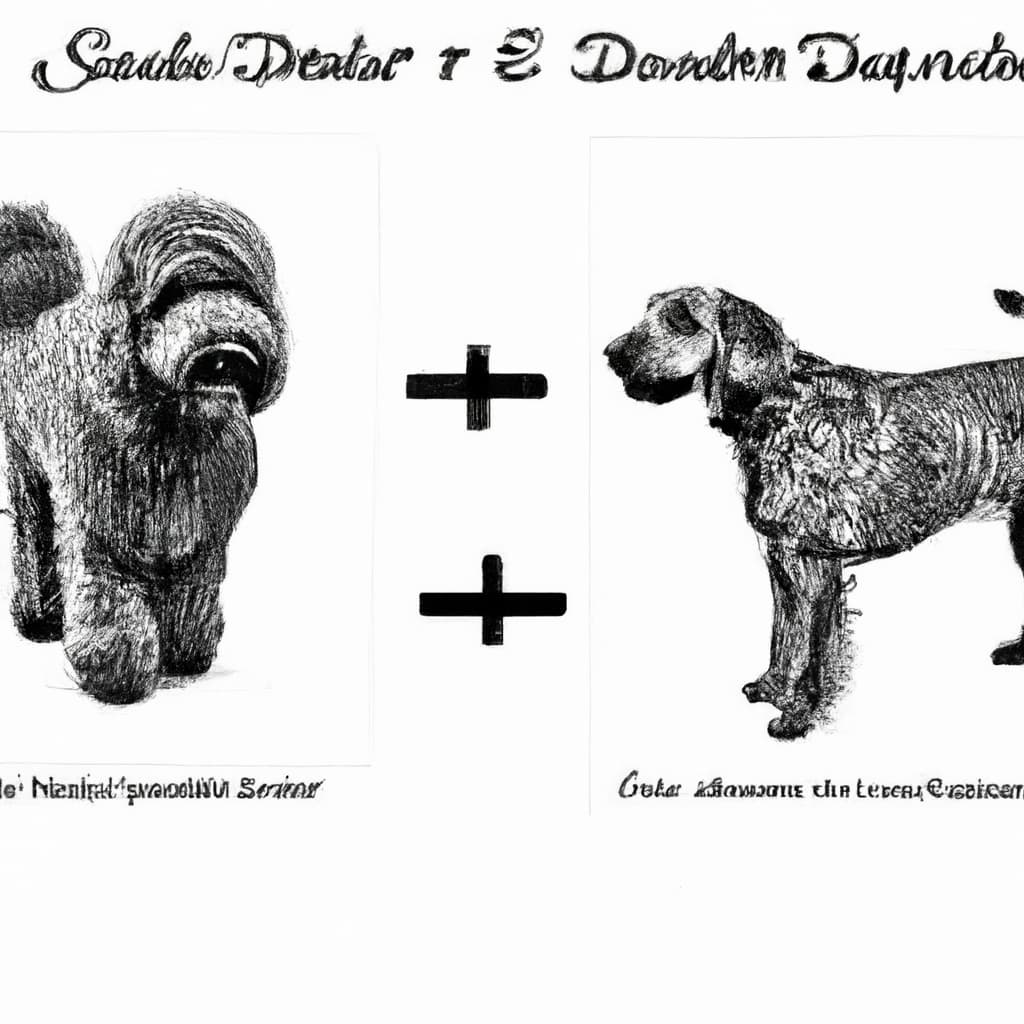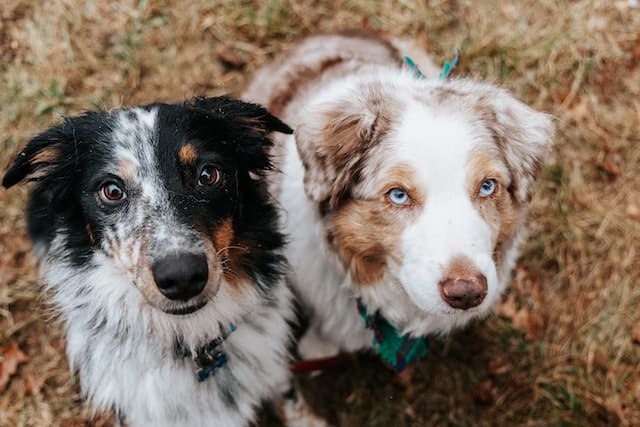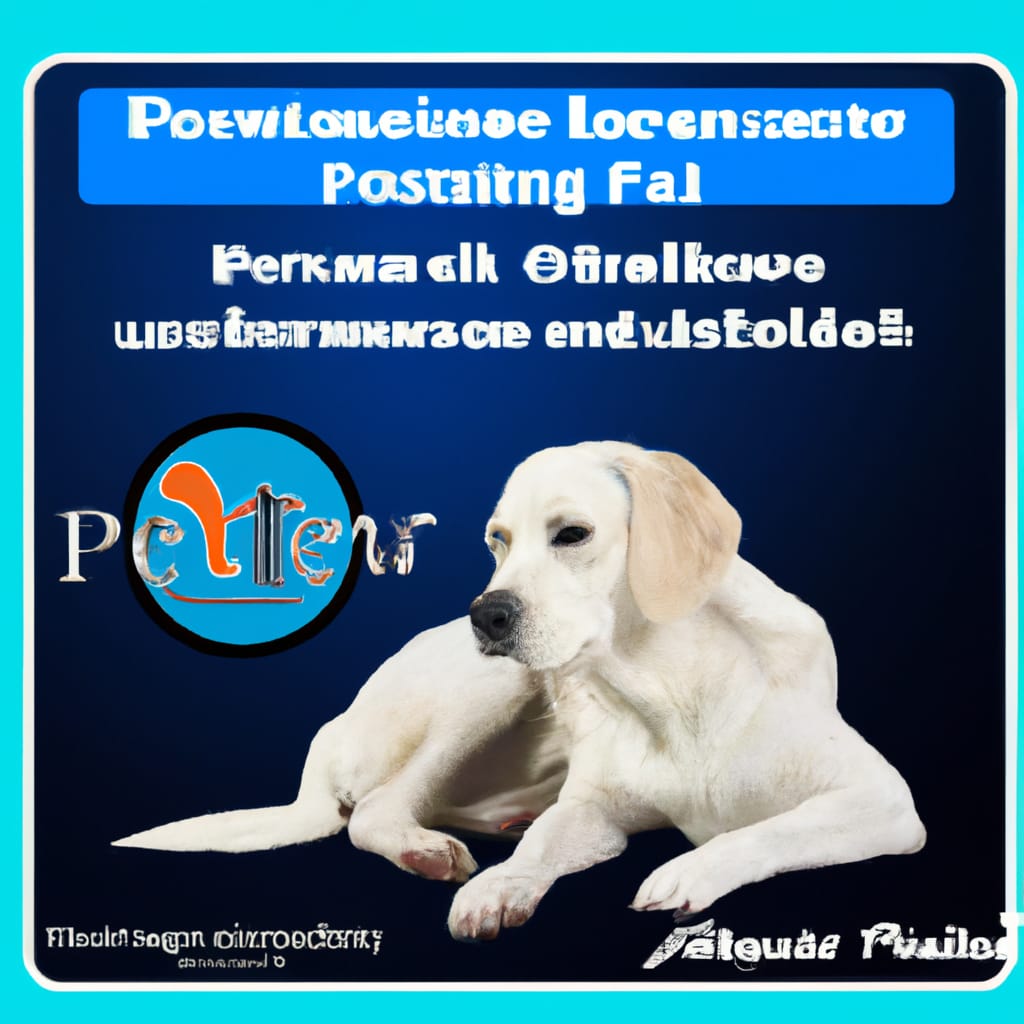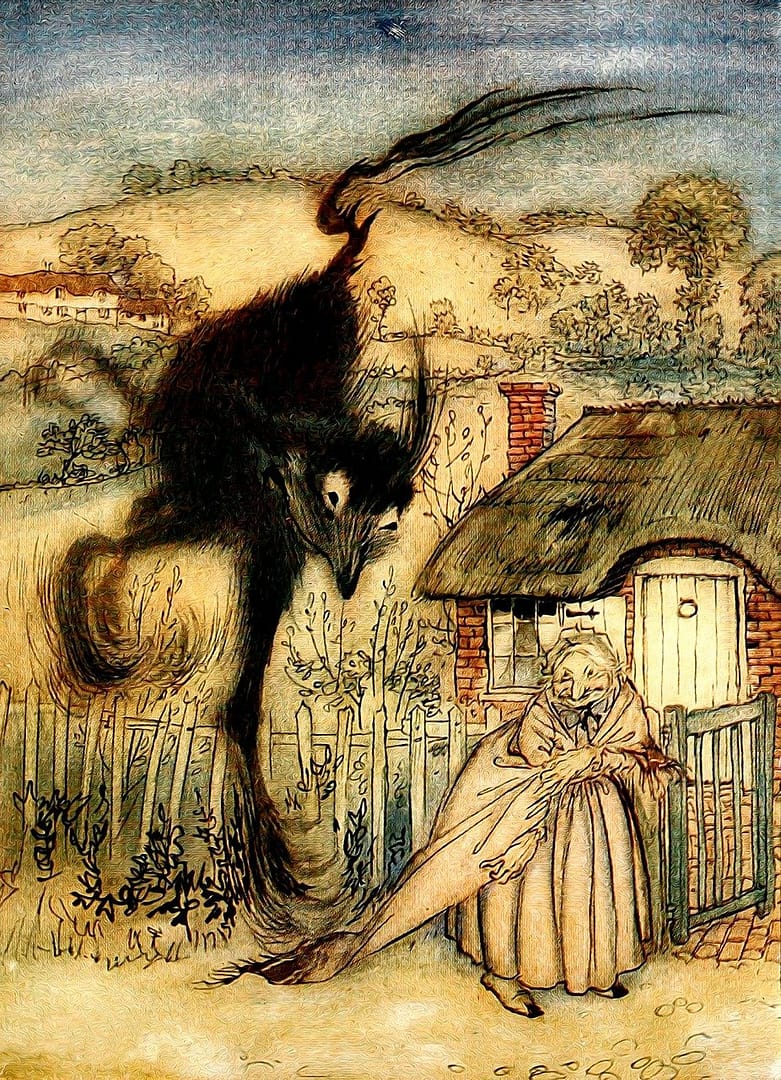Glaucoma In Dogs: Cloudy Eyes Mean You Need To Visit Your Pup’s Veterinarian
Having a furry companion is a true delight, but it also means being attuned to their health needs. When it comes to our beloved dogs, we want to ensure they are always feeling their best. One important aspect to monitor is their eyes. If you notice any cloudiness in your pup’s eyes, it could be a sign of glaucoma. This article will shed light on this condition and explain why a visit to your pup’s veterinarian is crucial for their well-being.
Glaucoma in Dogs
Understanding Glaucoma
Glaucoma is a common and serious eye condition that can affect dogs of all breeds and ages. It is characterized by an increase in the pressure within the eye, which can lead to damage to the optic nerve and ultimately, vision loss. As a responsible and caring dog owner, it is important to understand the causes, symptoms, and treatment options for glaucoma in dogs, as well as the steps you can take to prevent this condition from developing.
Causes of Glaucoma in Dogs
Glaucoma in dogs can be classified into two main types: primary and secondary. In primary glaucoma, there is a structural abnormality in the eye that obstructs the normal flow of fluid, leading to an increase in intraocular pressure. Secondary glaucoma, on the other hand, is caused by an underlying condition such as inflammation, trauma, or a tumor that disrupts the normal drainage of fluid from the eye.
Certain dog breeds are more predisposed to developing glaucoma, including Cocker Spaniels, Basset Hounds, and Siberian Huskies, among others. In addition, age and genetics also play a role in the development of glaucoma, with older dogs and those with a family history of the condition being at higher risk.
Symptoms of Glaucoma in Dogs
As a dog owner, it is crucial to be observant of any changes in your pet’s eyes. Some common symptoms of glaucoma in dogs include cloudy or hazy eyes, redness or bloodshot appearance, increased tear production, visible blood vessels in the eyes, squinting or blinking, bulging or swollen eyes, loss of vision, and behavioral changes such as restlessness or irritability. If you notice any of these signs, it is important to seek veterinary attention promptly to prevent further damage to your dog’s eyesight.
Diagnosing Glaucoma in Dogs
When you bring your dog to the veterinarian with suspicions of glaucoma, they will perform a thorough physical examination, paying specific attention to the eyes. One of the key diagnostic tests for glaucoma is tonometry, which measures the intraocular pressure. Additionally, the veterinarian may also perform gonioscopy, ophthalmoscopy, ultrasound examination, and blood tests to further assess the condition and determine the underlying cause of glaucoma.
Different Types of Glaucoma in Dogs
There are several different types of glaucoma that can affect dogs. Primary open-angle glaucoma is the most common type and occurs when there is a gradual increase in intraocular pressure due to poor drainage of fluid from the eye. Primary angle-closure glaucoma, on the other hand, is characterized by a sudden blockage of fluid drainage, leading to a rapid increase in intraocular pressure. Secondary glaucoma occurs as a result of an underlying condition, such as inflammation or injury. Congenital glaucoma is a rare form of the disease that is present at birth, while acute and chronic glaucoma describe the duration and progression of the condition.
Treatment Options for Glaucoma
While glaucoma in dogs is a serious condition, there are treatment options available to help manage the disease and improve your dog’s quality of life. Medication to reduce intraocular pressure is often the first line of treatment and can include topical or oral medications. In some cases, surgical procedures may be necessary to alleviate the pressure in the eye. These can include filtering surgery, cyclophotocoagulation, vitreoretinal surgery, or endoscopic cyclophotocoagulation. Laser therapy is another viable treatment option for certain cases of glaucoma. Regardless of the treatment approach, lifelong management and regular follow-ups with the veterinarian are crucial for monitoring the condition and adjusting the treatment plan as needed.
Preventing Glaucoma in Dogs
While glaucoma cannot always be prevented, there are steps you can take as a dog owner to minimize the risk and promote eye health in your pet. Regular eye examinations by a veterinarian are essential for early detection of any potential issues, including glaucoma. Early intervention can often prevent or delay the progression of the disease and preserve your dog’s vision. Genetic testing can also be beneficial for certain breeds that are predisposed to glaucoma, allowing for proactive management and prevention strategies. Additionally, proper nutrition and maintaining a healthy weight can play a role in overall eye health in dogs.
In conclusion, glaucoma in dogs is a serious condition that can have a significant impact on your pet’s vision and quality of life. Understanding the causes, symptoms, and treatment options for glaucoma is essential for proactive management and early intervention. By staying vigilant, seeking veterinary care when needed, and taking preventive measures, you can help protect your beloved furry friend from the detrimental effects of glaucoma. Remember, your dog relies on you for their well-being, so don’t hesitate to visit your pup’s veterinarian if you notice any signs of glaucoma.











